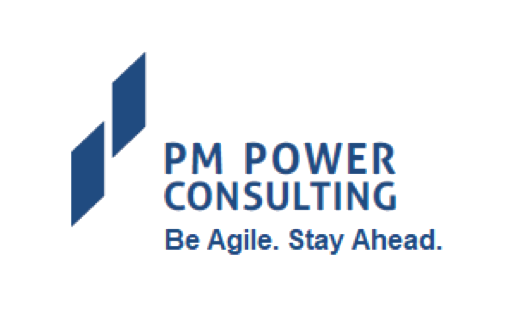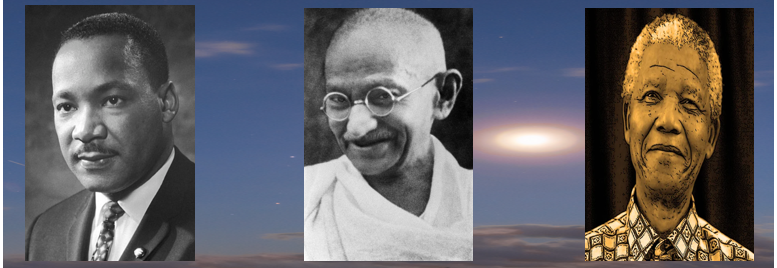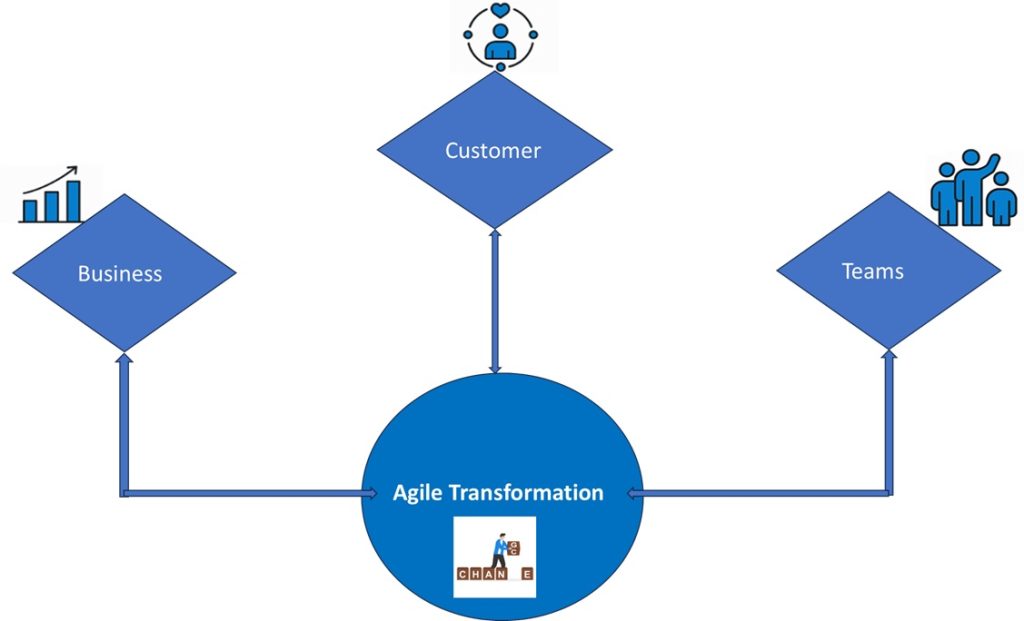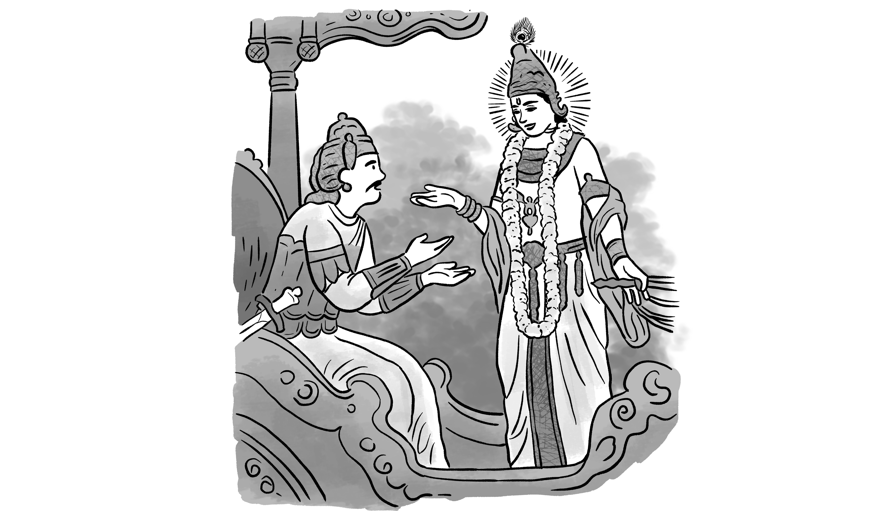Introduction
There are three key areas that PM Power has focused on in its 18 years of delivering consultancy, coaching and mentoring to IT practitioners – Project and Program Management; Agile Transformation; and Leadership Development. During this period, we have worked with leaders in our customer organizations and change-agents in the industry world-wide to create, establish, and develop frameworks, values, principles, and practices in these areas. These artefacts have been published and have been used in our consultancy, training and coaching offerings and have proved to be of immense value to our customers and our followers.
As part of bringing theses artefacts for the use of the wider world, we have published three books. One on Project and Program Management: Software Project Health – An Epic Retold; and the other two on Agile: The Five Tantras of Enterprise Agility and A Practitioner’s Guide to Enterprise Agility – The Five Tantras Applied.
This book, Full Stack Leadership, is the fourth one from PM Power and focuses on our third area, Leadership, and is based on our Leadership Framework.

What is Leadership?
Leadership is influencing and guiding people to achieve a shared vision or goal. Leadership can be exercised by an individual or a group of individuals acting together. It is not influenced by the person’s title or position in a hierarchy. Even the lowest ranking member in a hierarchy can exercise effective leadership. You can see that in the army, platoon sergeants sometimes are able to exert leadership influence on and coach and mentor younger lieutenants that are technically leading the platoons.
An effective leader has emotional intelligence, has integrity, is self-confident, has a vision for the future, is a good communicator, has empathy, is a good manager, is willing to take risks when required, thinks differently, creatively and innovatively, listens to people and is willing to change when required, is resilient and persistent, and is proactive in times of crisis.
An ideal leader has to be a super-person. In Indian mystic thought, there is a concept called Ashta Siddhi or eight superpowers. These eight superpowers are Anima (become as small as one wants), Mahima (become as big as one wants), Garima (become as heavy as one wants), Laghima (become as light as one wants), Prapti (ability to get/gain whatever one wants), Prakamya (freedom of will or ability to adapt and survive in any circumstance), Ishitva (lordship over everything), and Vashitva (influence or other minds and other things). A full stack leader is a person who has all these superpowers to a good extent.
Anima of waste – The leader should reduce wastes of commission and omission to a minimum
Mahima of vision – The leader should have a growth mindset to be able to make their vision as large and as beneficial to stakeholders as possible
Garima of integrity – The leader should be able to increase their weight as much as they want, so that nobody is able to move them when it comes to integrity of character.
Laghima of ego – The leader should be able to make their ego as light as possible so that they can be a true servant leader
Prapti of happiness – The leader should be able to look out for opportunities to gain and bring happiness to all their stakeholders
Prakamya of learning – The leader should be able to have the will to learn from mistakes and failures and from others and be adaptable to face any situation, positive or negative.
Ishitva of business – The leader should have authority and responsibility over the business they are leading
Vashitva of influence – The leader should have great influence over all their stakeholders
Leaders emerge in all groups and societies, unless suppressed by conflicting interests. In these cases, leadership is not a self-declared attribute. Leadership is evident and validated when there is a followership. Effective and persuasive communication is a key skill here.
Mahatma Gandhi, Martin Luther King and Nelson Mandela are examples of effective leaders that emerged in highly oppressive and discriminatory environments and managed to lead large groups of people to independence and self-confidence.
Jamshedji Tata, Steve Jobs and Bill Gates are examples of leaders who started and led organizations to great success.
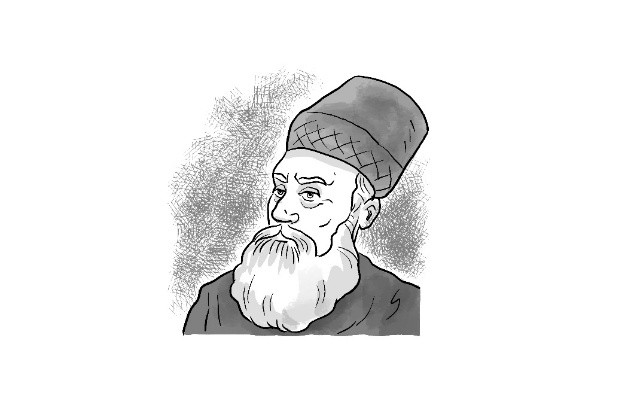
Strong leadership is critical to a business’s success. Good leaders can drive innovations and change required for the business to stay competitive in the market. At the same time they will stay grounded in reality. Transformational leaders have the right traits and are able to rise to any situation. A good leader will have their head in the sky and feet on the ground.
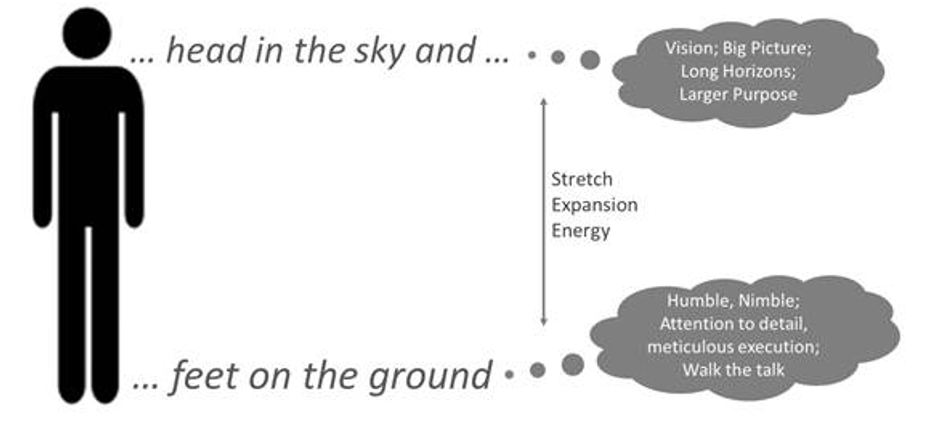
What is Full Stack Leadership?
Over the years, we have found that leadership is expressed through three aspects or dimensions, each equally important: Leading Business, Leading Execution, and Leading Self. A successful business leader has to attain effectiveness in all these three dimensions of leadership. They have to be what we call a full stack leader. Full stack leaders are generalists who are versatile, adaptable and agile enough to steer their charges in fast-changing business or other environments. A full stack leader has skills and proficiency to navigate all levels and aspects of the object of leadership. They can work at conceptual, strategic, and tactical levels of leadership with broad understanding of the whole canvas, while being able to focus and deep-dive into critical aspects of the job on hand. They can navigate the seas of technology and business and the complexities of the environment of different types of stakeholders.
PM Power’s Leadership Framework
This book is largely based on PM Power’s Leadership framework. We have included a number of more principles and practices to ensure that the book is comprehensive and addresses all levels of leadership, from the board, CEO, and President level of strategic leadership to the VP, and General Manager level of tactical leadership.
We have also made some minor changes in the way the PM Power framework is presented.
The leadership framework of PM Power looks at three dimensions of leadership as Leading Self, Leading People and Leading Business and represents them through an Iceberg Model. PM Power’s JV and KP helped me reconcile the mater presented in this book with the iceberg model of PM Power’s Leadership Framework, as illustrated above.
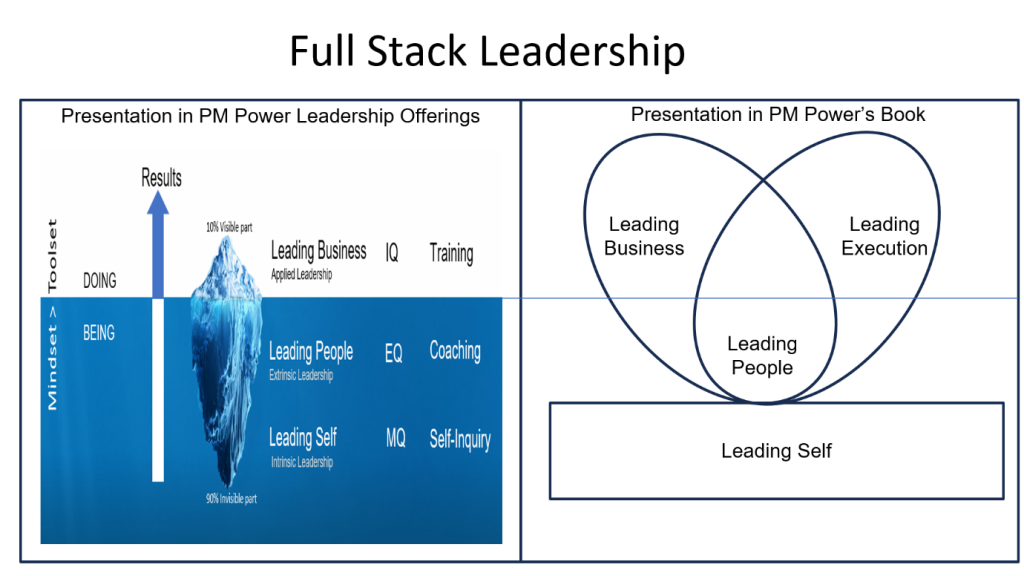
This book presents the principles of leadership against the background of a case study. The principles are brought out and highlighted in the context of situations in the case study. To ensure the flow and continuity of the case study it was required to look at the dimensions of leadership from a different angle. In the context of the case study, leading people does not happen in isolation. It happens while one leads the business and the execution of it. We have therefore looked at leadership principles in terms of Leading Business, Leading Execution of the business and Leading Self. Leading people is a significant part of both Leading Business and Leading Execution, with process aspects making up the rest. In Leading Business and Leading Execution, we talk of the principles of both the process and the people elements.
Continued in Full Stack Leadership – Upcoming book from PM Power – Post II
Note:
The following posts together give a complete summary of the new book from PM Power – Full Stack Leadership
- Background and introduction to the book – 1
- Background and introduction to the book – 2
- Background and introduction to the book – 3
- Synopsis of the book – Introduction
- Synopsis of the book – Leading Business
- Synopsis of the book – Leading Execution
- Synopsis of the book – Leading Self
- Synopsis of the book – AI
